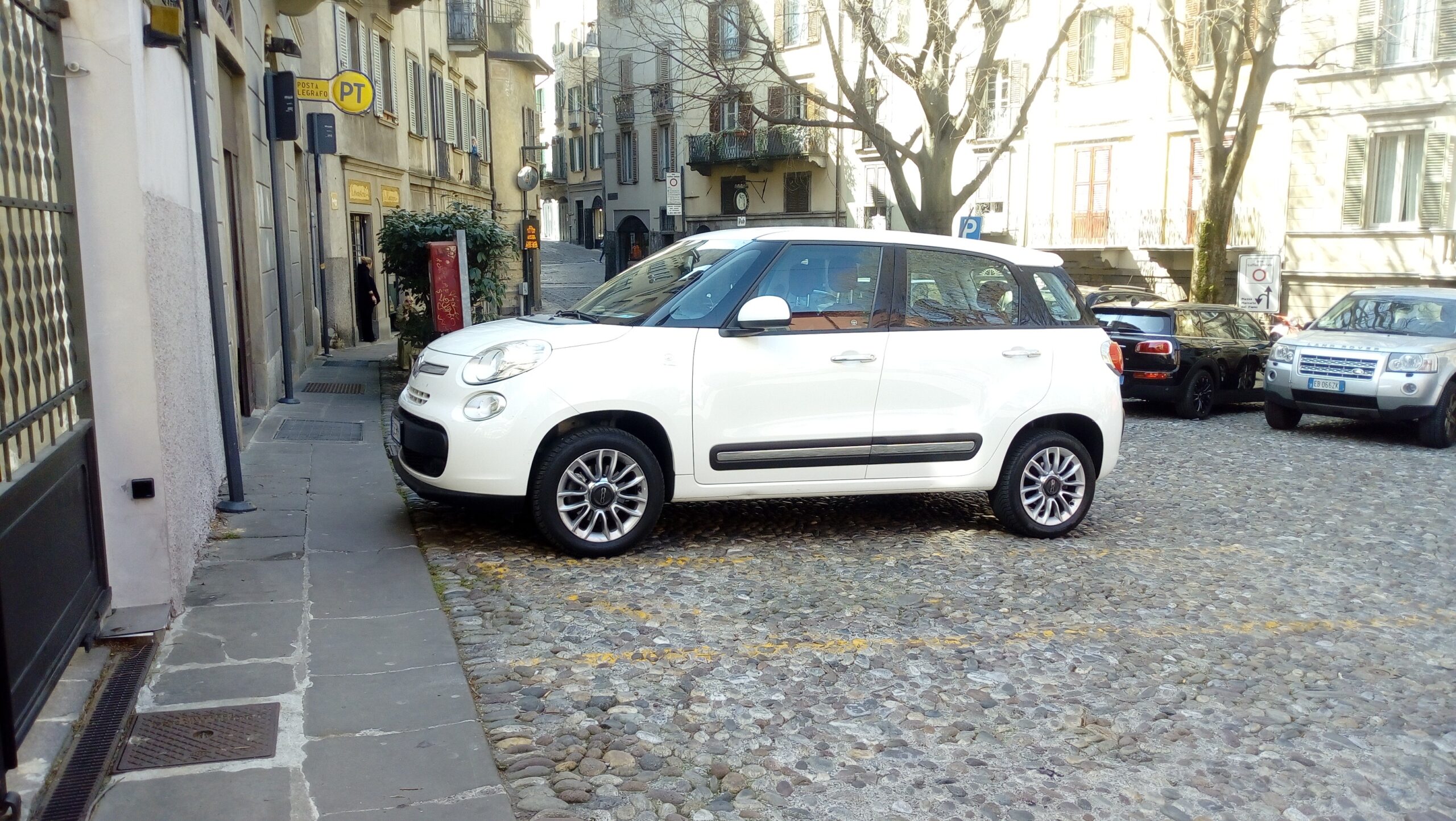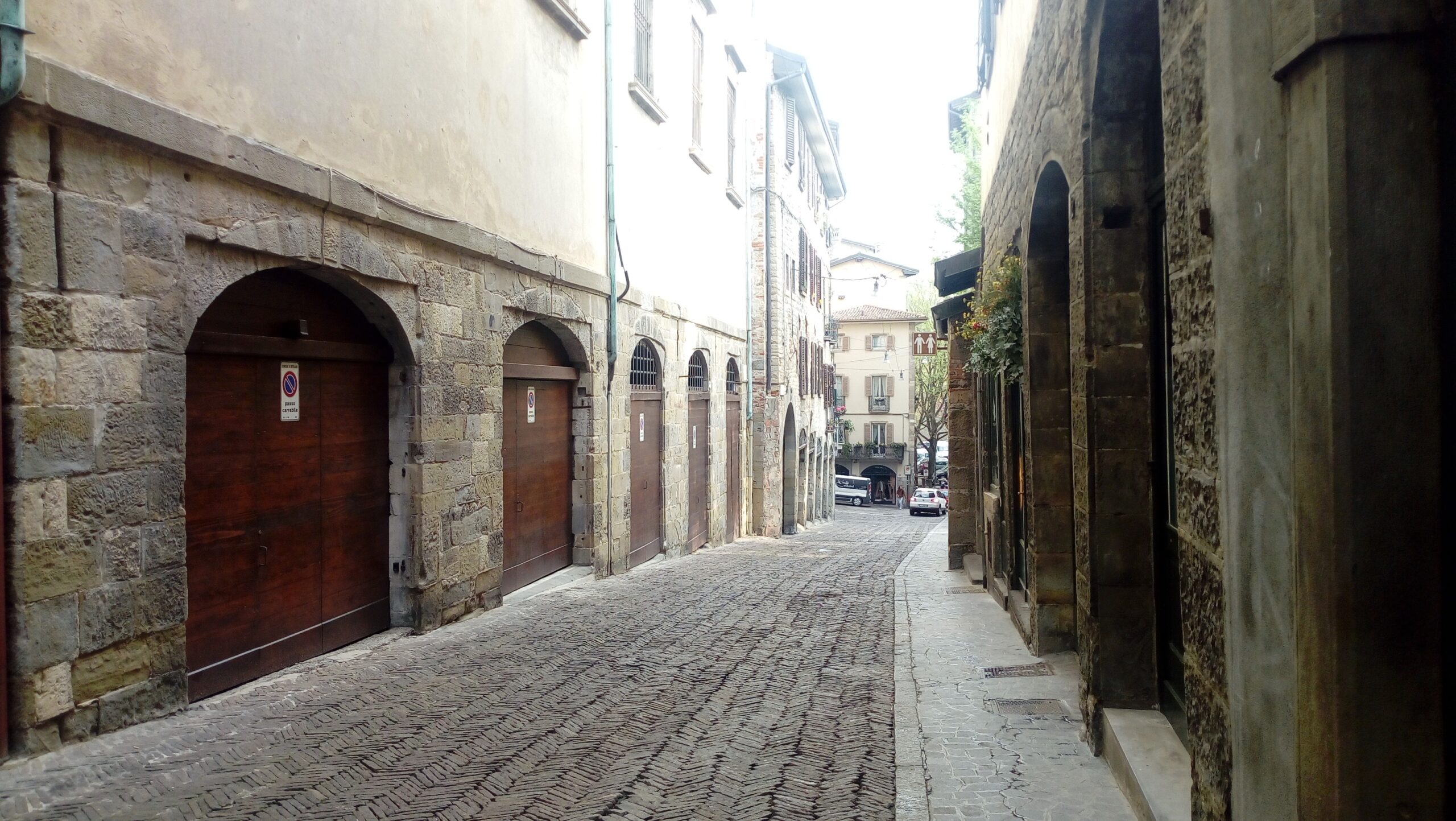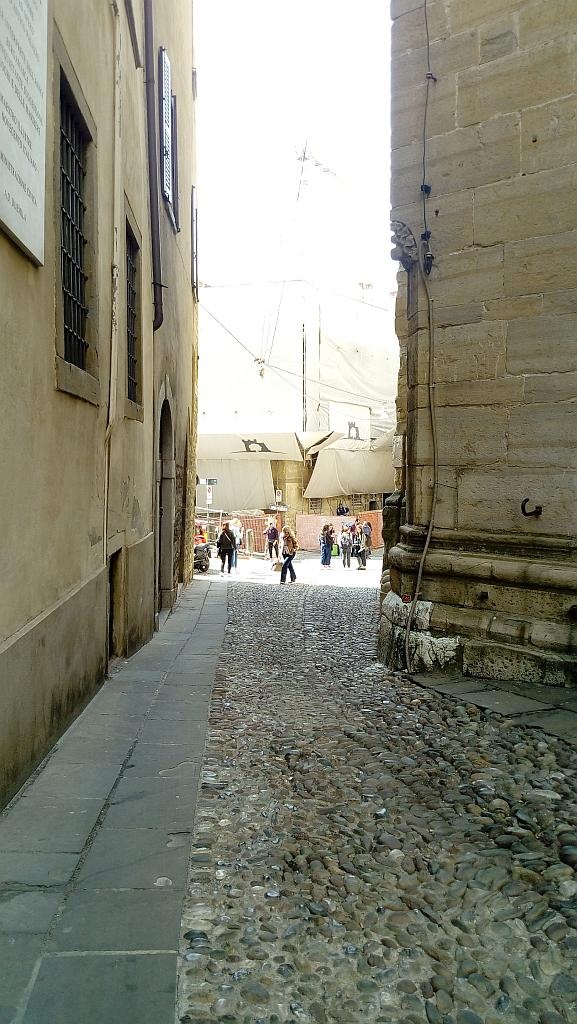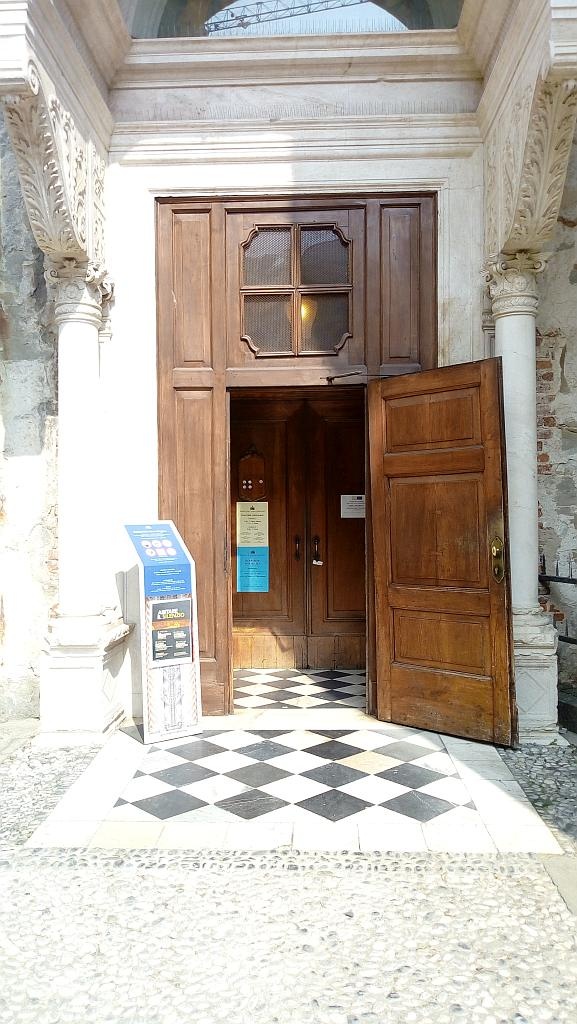There is a deep and ancient connection between Bergamo and the Basilica of Santa Maria Maggiore, which stems from the unique circumstances of its construction. Located in the heart of Città Alta, this basilica is much more than just a place of worship: it is a symbol of resilience, faith, and the artistic wealth of Bergamo.
The History of Santa Maria Maggiore Basilica: A Vow Against the Plague
In the early 1100s, a terrible plague epidemic swept through Europe, sowing death and desolation. The inhabitants of Bergamo, terrified and desperate, decided to ask for help from the Madonna: if she protected them from the contagion, they would dedicate a church to her as a sign of eternal gratitude. Fortunately, the plague began to recede, and the people of Bergamo, true to their word, in 1137 followed up on the solemn vow. In Piazza del Duomo, in the beating heart of Città Alta, work began on the construction of the Basilica of Santa Maria Maggiore.
They did things in style, demonstrating their devotion and artistic ability: the church immediately revealed its splendor and was further embellished in the centuries that followed, becoming a true treasure chest.
Art and Splendor: Lorenzo Lotto and the Basilica’s Tapestries
Luminous frescoes, elaborate stuccoes, precious tapestries and wooden inlays designed by the famous artist Lorenzo Lotto now decorate the interior of the building, creating an atmosphere of solemn beauty. Lotto’s works, in particular, represent a culmination of Renaissance art in Bergamo, with vibrant colors and expressive figures.
Donizetti in Santa Maria Maggiore: A Tribute to the Genius from Bergamo
Inside Santa Maria Maggiore is also the funeral monument to Gaetano Donizetti, a famous composer, symbol and spokesperson of Bergamo in the world. The presence of Donizetti’s tomb makes the basilica a place of pilgrimage for lovers of opera.
The Lions’ Gates: Symbols of Bergamo Between History and Legend
The Basilica is special because it is characterized by the lack of a central entrance and facade, which formed a single wall with the adjoining palace. The four entrances to the church are in fact all lateral. At the base of the columns of the 14th-century protiros (small porticoes placed to protect and cover the main entrance of a church) by Giovanni da Campione, four red and white marble lions impassively and majestically guard the northern and southern entrances.
On the north side, the Porta dei Leoni Rossi opens onto Piazza Duomo; the southern side instead overlooks Piazza Rosate with the Porta dei Leoni Bianchi. The different colors are given by the type of marble used: Veronese marble for the red ones and Candoglia marble (in the Piedmontese Val d’Ossola) for the white ones. These lions, with their stern gaze, have become one of the most recognizable symbols of Bergamo.
Medieval Curiosities: Ancient Measures Engraved in Stone
The place chosen is also no coincidence: always considered sacred, already in Roman times it housed a pagan temple then destroyed dedicated to the goddess Clementia and in the 8th century another church dedicated to the Virgin was built there. Between the two doors on the northern side, the ancient measures in force in Bergamo during the medieval period are affixed to the wall: the Capitium Comunis Pergami (cavezzo – 2.63 meters) and the Brachium (arm – 53.1 cm) to which weavers and merchants referred when doing business. A fascinating detail that takes us back in time, when Bergamo was a lively center of trade and crafts.









